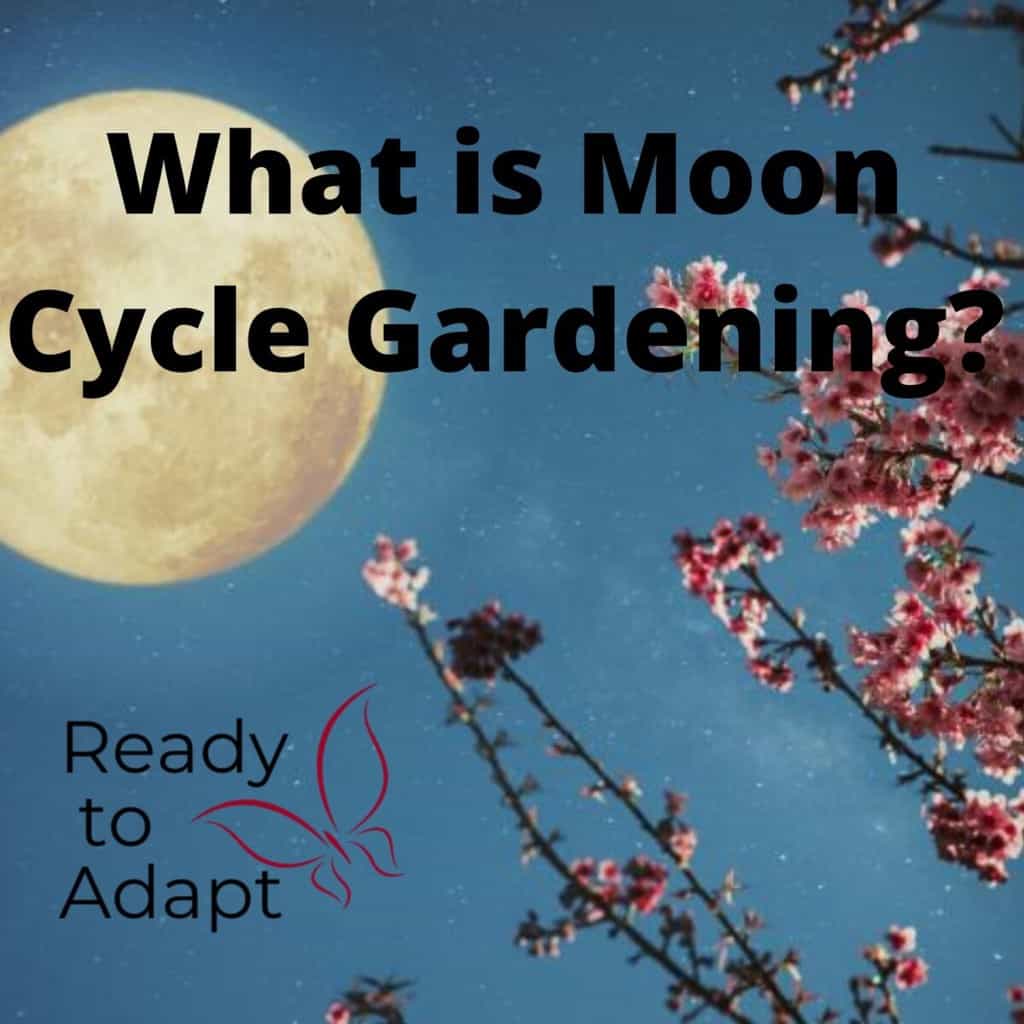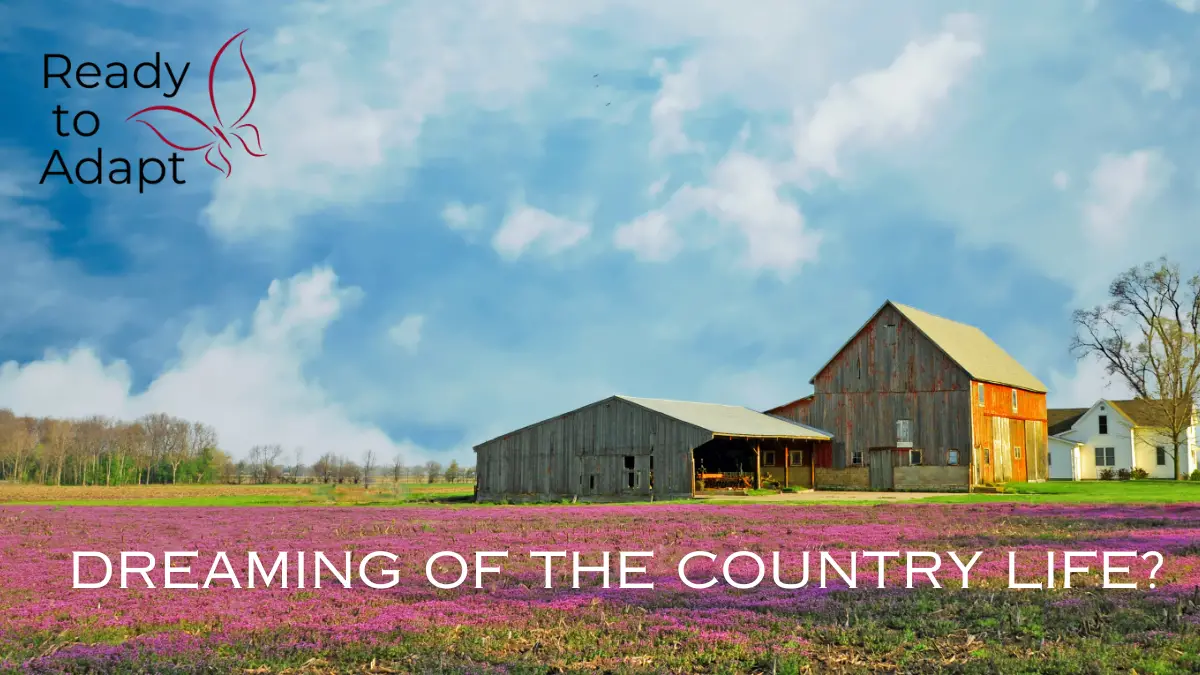
The world as we know it has changed. As a global community, we are all aware of economic, biological, societal, and ecosystem degradation on such a scale that we have put ourselves on the endangered list, so to speak. Our lives, in general, have changed but what is the answer? Do we need to become more self-sufficient?
Most of Earth’s water, soils, forests, and air quality has changed and not for the better. This destruction is accelerating at alarming rates. Global Climate Crisis has been talked about now for many years and yet we, as the apparently intelligent human race, continue the downward spiral. Corona Virus has decimated world populations and we are likely only seeing the beginnings of a new normal with restrictions on how we interact with each other. We appear to have reached a tipping point.
“The earth, our home, is beginning to look more and more like an immense pile of filth.”
Pope Francis 2015
We live in an age of peak oil and coal, declining freshwater, and resource plundering. The future no longer looks rosy and bright. It will no longer be simply enough to slow down the destruction, we must work to reverse the impacts we have had up till now. We must creatively work to build a future that is born out of changing attitudes and lifestyles.
The locking down of whole countries during the Corona Virus outbreak of 2020 has had an interesting impact on the community. People the world over turned to the internet to reconnect with family and friends in unprecedented numbers. Musicians began holding practice sessions over the back fence and in their driveways. People in apartment blocks around the world came together to sing, clap, and build comradery while also maintaining their physical distance. Walking down the street now involves monitoring distances between people passing by but also an acknowledgment that we are all working together to fight a common enemy.
Coronavirus has taken many many lives and this is a tradgey however, it has also forced us to look closer at our local environment and to source our needs closer to home.
Supermarkets were cleaned out with panic buying but at the same time a ground swell of home gardening projects and turning to ways of becoming more self sufficient has exploded. It is interesting that this has occurred for sure but what is more interesting is the self sufficient lifestyle. Allow me to elaborate.

Self-sufficiency is the idea that we can grow, and produce more of our needs and those of our family ourselves. In so doing we become less reliant on others and better able to weather the storms of life including things like Corona Virus. Becoming less reliant on supermarkets and chain stores is a noble quest but I would assert that self-sufficiency is not sustainable.
Sustainability assumes that we are able to maintain the status quo. That our lifestyles and systems will aid in maintaining our current position. So are we happy with the current position? Let’s unpack it for a moment.
Our current systems are lineal not renewable or circular. A good example of this is the t-shirt. Watch the video below to gain an understanding of the impact the t-shirt has on the world and the environment.
By contrast, Permaculture seeks to not only use closed-loop systems but to stack functions in as many ways as possible. The image below from Brenna Quinlan (published in David Holmgren’s Retrosuburbia) demonstrates clearly how circular systems benefit not just us as humans but every other element within the system.

So our current position is taking resources from the environment and using the industrialised and commercialised processes to turn it into something we can use. Many products go through multiple processes before they arrive at the user and are often only used once before being discarded back to the environment. The end result being that not only have we generated more rubbish than the planet can deal with but that along the way we have mined, used crude oil, created gases and other chemicals that are released into the atmosphere. We have done irreparable damage to our own planet for the sake of an item we didn’t really care that much about – such as a t-shirt.
When we consider this I think you will agree that we cannot merely aim to maintain our current position. That will not help at all. In addition to this being self-sufficient is not attainable either. Can the inner city apartment dweller grow enough fresh fruit and vegetables, manage chickens for eggs, milk a cow for his morning cereal? No, it would be ridiculous to try and soon have your neighbours complaining.
So what is the answer?
Self-sufficiency is not the answer but Community sufficiency just maybe! In David Holmgren’s 2017 Book “Retrosuburbia” we are invited to a story of community sufficiency. We walk with the writer through the lives of families living on Aussie Street and the progressive development of the community culture that supports each other. In a post-Corona Virus World, we should be striving for inclusive community-driven projects that build ecosystems around us as human beings while also addressing environmental impacts.
Returning to the Permaculture concepts of holistic design and ethical principles of Caring for the Earth, its people, and Sharing of surplus we can begin to see how the families of any community can unite to play to their strengths while building a sense of shared strength and resilience.
What is Community Resilience?
Using the example of the Aussie Street Story from David Holmgren “Retrosuburbia” we begin to understand that the families living in this street have formed a kind of cooperative by utilizing their strengths and caring for one another. The people living at number 1 are elderly and require assistance from others to manage day to day living tasks but are able to give back by offering accommodation in return for assistance. They also have stories and knowledge to share that is of benefit to others. They are no longer able to maintain a back garden so they allow the residents of number 2 to utilize this area for keeping chickens that supply the whole street with eggs.
Residents of Number 2 have a large vegetable garden and the chickens at number 1 assist with composting of rubbish for the entire street. Everyone rides bicycles instead of running vehicles with the exception of the Man at Number 4 who has a small utility that runs on biodiesel which he makes himself from the waste collected at the local cafe. He provides services for others in exchange for vegetables and eggs from number 2 and assists with bicycle repairs to the entire street. His wife attends to seamstress needs in the street. All homes in the street are using solar energy to run their modest homes and rely on wood heating in the winter.
The wood is collected during a working bee down at the end of the street each year in preparation for the upcoming fire season to maintain a safe fire break from the surrounding bushland near the creek. All the residents of the street enjoy this activity as an opportunity for a day out and time to work and relax together.
The fences have been taken down between number 3 and 4 to allow for better access and fruit tree planting. Providing further food to the neighbourhood. The people at Number 3 are beekeepers and provide honey and wax for their neighbours. They also grow 2 small saddleback pigs each year to share amongst their group.
The people at number 5 also own a small property on the edge of town which allows them to grow some larger crops of grain for making flour and some cows which they milk to make butter, cheeses and fresh milk.
Everyone in this street has a role to play and is able to attend to their needs within the broader context of the small community through barter and sharing. This is community resilience. Community Sufficiency!
While the story above comes from the imagination and abilities of David Holmgren the video below shows how it can be put into practice in your street.
We cannot continue to live the way we do. We must start to think of the world around us as part of our living ecosystem and see those within it as our most valuable resource. It is only when we begin to change our mindset from consumption to contribution that our planet and lives will become truly sufficient.
Permaculture provides us with an integrated holistic model through which we can address building a secure future. The best time to start is 30 years ago, the second-best time to start is NOW!
Where to start
We need not bite off more than we can chew. Start with just one thing. You. Start where you are! What can you do? What do you know? If you simply start with what you know and build on that – you will make an impact.
Remember a stone dropped in a pond creates ripples. What will your ripple effect be?
Will you grow some vegetables and share the abundance with your neighbours? Will you pick up rubbish on Sunday in the local park? Will you seed bomb with native plants in the weedy patch near the gully? Maybe you can start a local book exchange or maybe you will commit to making your own packed lunch instead of buying takeaway. Research the lifecycle of some of the products you use. There are plenty of websites out there to give you a helping hand. We find this one particularly helpful.
There are quite literally thousands of ways to start. What is important is that you do something. Whatever you choose – do it well and encourage others. As you go along learn more about the environment and what other impacts you can have for the better. You never know how big your ripples will get.
Permaculture is a set of tools that allow us to understand and build on systems thinking from an environmental and ecosystem point of view. It is so much more than a way to garden but most people come to Permaculture from that perspective to start with and as they learn and grow they discover the social, emotional and ethical base from which it stems.
If you would like more information about how permaculture can have a positive impact on your life and environment or you would like to learn more about living more sustainably please reach out via email or sign up for our newsletter to receive tips and articles each month about permaculture living and how we can apply the principles to our lives.



